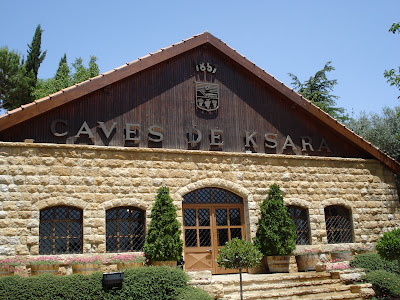
WHAT LIES BENEATH Anita Limaye found the stalactites and stalagmites at Jeita Grotto near Beirut to be a fascinating example of Nature’s painstaking craftsmanship Of all the famous sculptors in history, none impresses me more than the greatest of them all – Nature! And once again Nature showed off its dexterity, not on the surface, but inside the caves of Jeita Grotto - one of the greatest pieces of sculpted art in the history of the world! Jeita Grotto, nine mysterious kilometres of 9 km of subterranean caves, is the longest such complex in the Middle East and was a contender for the “New Seven Wonders of Nature”. Jeita Grotto got its name due to the fact that the entrance to the cave is situated in the town of Jeita which means “roaring water”. Amazingly, the stalactites and stalagmites inside these limestone caves are sculpted by nothing but water and time! Jeita Grotto, around 20 km north of the capit...





